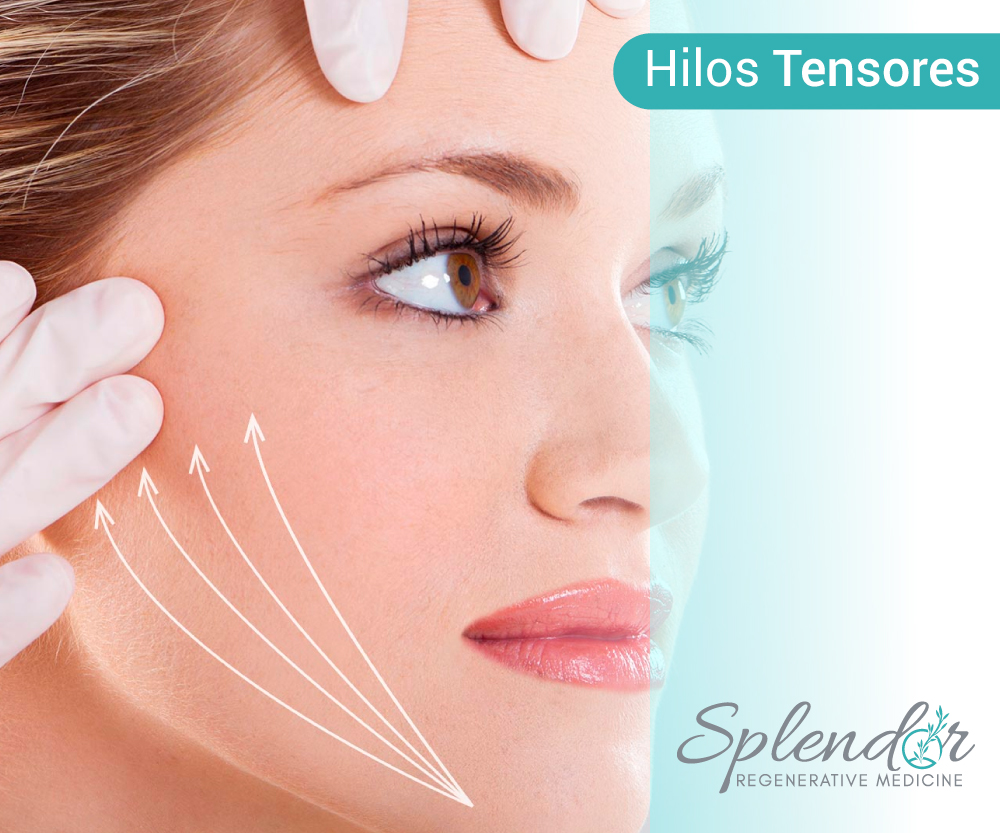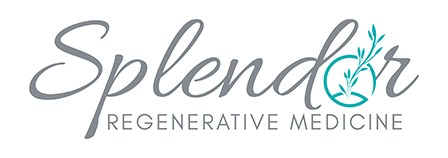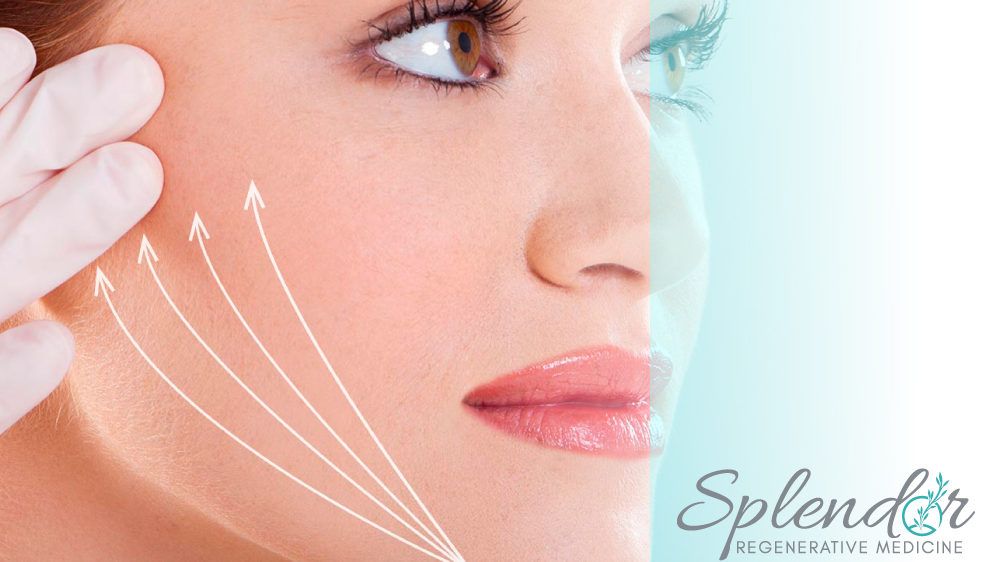
Do you want to know about non surgical thread lift?
The Thread Lift ( Hilos Tensores) used to involve surgery and were associated with negative side effects, such as infections and thread breakage. However, the tensioning wire process has changed radically. 90% of thread lift procedures today are not invasive. While there are many different types of thread lift (such as Silhouette Soft), the PDO Thread Lift Treatment is among the most popular today.
This treatment of PDO Hilos Tensores is a that elevates and tightens the flaccid tissue of the skin, using polydioxanone (PDO) threads. The threads are introduced into the deeper layers of the skin. Once introduced, they produce effects on the skin:
• Instant skin lift due to mechanical effect.
• Cellular renewal, through collagen stimulation and neovascularization, which improves skin texture, fine lines and elasticity.
• Stretching of the skin, by contracting fatty tissue.
About 6 months after the procedure, PDO threads tend to disappear, since they are absorbable. The facial silhouette that rose will remain for another 3-6 months, due to the effects of cell rejuvenation. Your skin cells are stimulated therefore they produce new collagen and new blood vessels to improve the microcirculation of the skin. At the same time, PDO threads cause the adipose tissue to contract, producing a stretch of the skin and a facial slimming effect.
How is this treatment performed?
Minimally invasive this procedure of the PDO Hilos Tensores. After numbing with local anesthesia, the threads are inserted through needles called cannulas in different layers of the skin. Once inserted, the threads cling to the skin and lift it. The excess of threads is cut.
The procedure takes 15-30 minutes depending on the treated areas. During the procedure there are some discomforts, but due to the techniques of today, there is less and less pain.
- Barbed without spikes
- Unilateral vs. Monofilament Threads Bilateral
- Unidirectional Braided Threads vs. Bidirectional vs. Type z
- Barbed cut vs. Molding spikes
Surely you’ve heard of elegant names like “Magic Threads” or “Hilos Tensores” or “Heartbeats.” All refer to threads. Remember, PDO threads come in different thicknesses and lengths. All this damages its quality, tensile strength, effectiveness and, of course, the price of its treatment.
The Medical Doctor of Splendor Regenerative Medicine chooses to use different threads for you, depending on your needs for skin tightening and rejuvenation, but with supreme quality.
What are the possible side effects?
This treatment is very safe. The side effects are, in fact, very mild. Very timely that threads lifts are inserted through needles and not by surgery, and are absorbed in a few months, most of the side effects have been eliminated by the advances in quality that they have today.
Some bruising may occur depending on the types of threads used and the areas treated. You can expect some mild swelling and pain during the first days after the procedure, and a very insignificant feeling of oppression that can last up to two weeks.
The insertion technique and the types of threads used is very important since some side effects are related. These involve very superficial decline, thread migration and even extrusion, facial asymmetry, prolonged pain and prolonged dimples. PDO threads are not created in the same way, and extremely important the training of your doctor in the procedure also guarantees a good result in the minimal side effects of your procedure.
Finally, more serious, although rare, effects may occur. The face has a very complex anatomical structure. Intimate anatomical knowledge is required to perform a PDO thread lift well and avoid or minimize serious side effects.
Side effects are manageable and thread removal may be necessary in cases such as migration and extrusion.
What Areas Can Be Treated with Hilos Tensores?
The PDO thread elevator is very versatile, which allows you to treat virtually all areas of the face, including the following:
- Area under the eyes
- Eyebrows
- Crow’s feet
- Neck
- Cheeks
- Nasolabial folds
- Yugal nasal folds
- Wrinkles around the mouth
- Jaw line
- Double chin
How long do they last?
After a PDO thread lifting procedure, your skin lifts immediately, as the threads provide support for the skin to rise in its new position. Approximately one week begins to appear a little harder than the final result, and will begin to look much more natural.
The rejuvenating effects are activated after one to two months and a better skin texture will be noticed, creating firmer and softer skin. Your doctor may focus more on skin rejuvenation or skin tightening during your procedure. Depending on the technique used, the results will vary from person to person.
Approximately nine months after treatment, the threads would have dissolved, but the results will continue for many more months. I recommend repeating the procedure six to nine months after the first procedure, to allow a lasting result up to three years.

